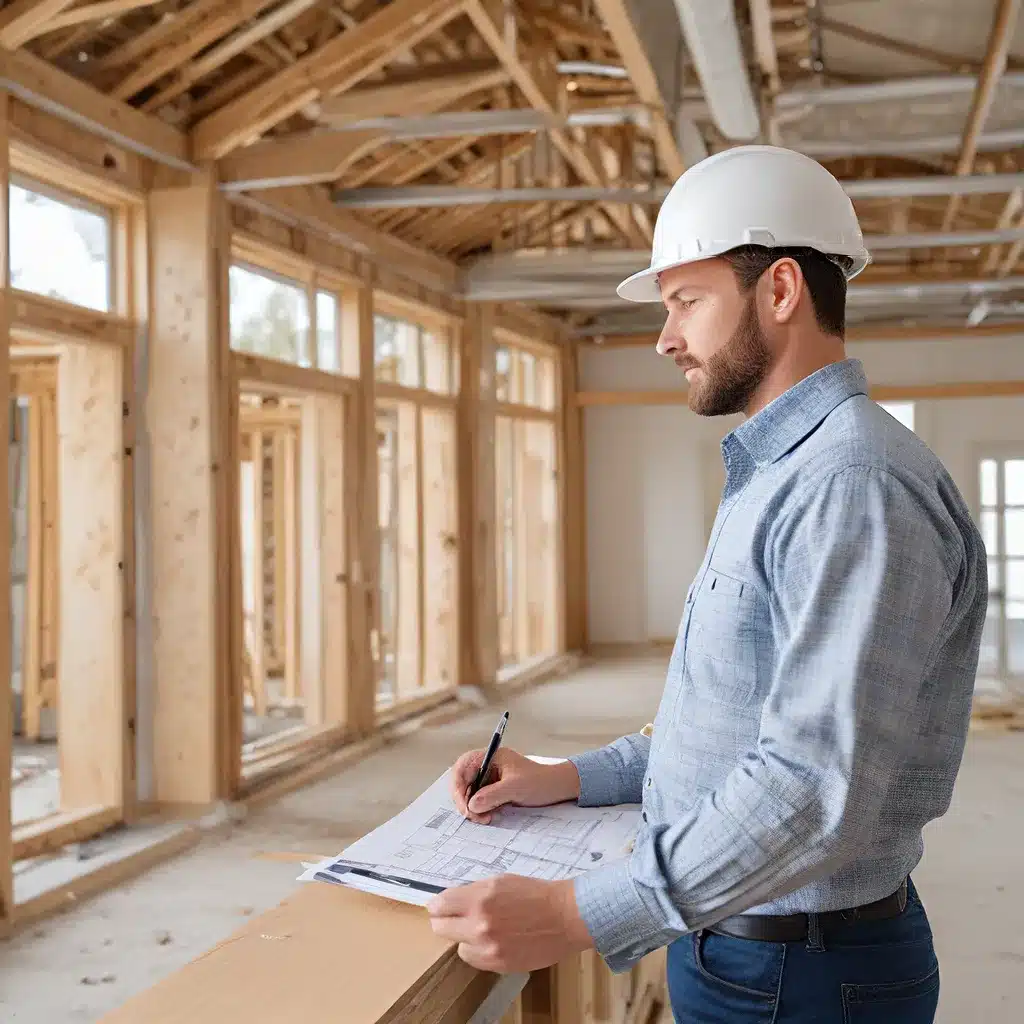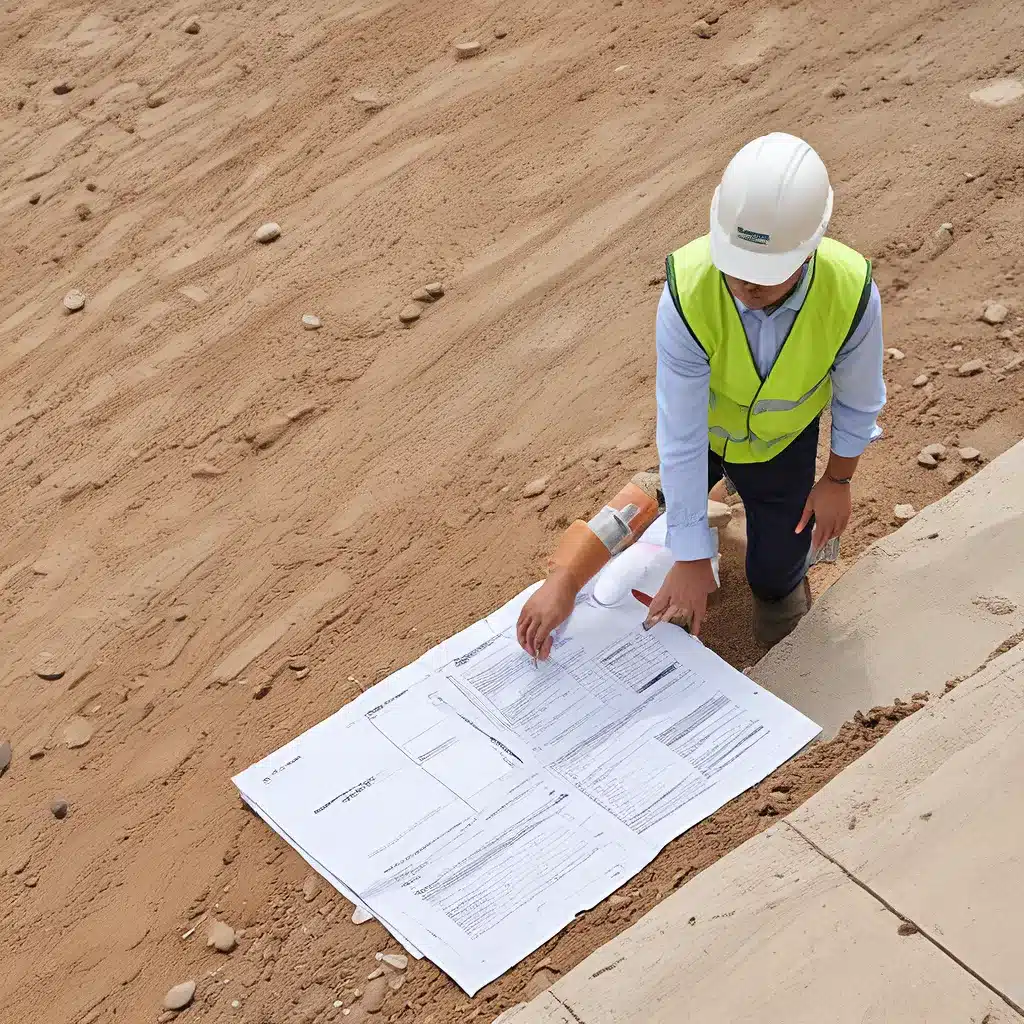
As the co-owner of Reading General Contractor, I’ve had the pleasure of working on a wide range of construction projects over the years. One thing that’s become increasingly clear to me is the growing demand for energy-efficient homes and buildings. In this article, I’ll share some of the strategies and best practices I’ve learned for designing and constructing truly efficient spaces.
The Path to Energy Efficiency
When it comes to creating an energy-efficient home or building, the first step is to have an in-depth discussion with an energy-efficient design specialist. These experts understand all the factors that can impact energy usage, from the structure of the building to the choice of lighting fixtures.
As the team at Carmel Building & Design explains, energy-efficient designers follow a holistic approach, incorporating energy-saving features into every aspect of the project. This contrasts with traditional designers, who may only be able to achieve a basic level of efficiency.
For homeowners and building owners seeking extreme energy savings, a Passive House designer or consultant can take the project to the next level. These experts ensure that the building meets the rigorous Passive House standards, which can result in up to 90% savings on heating and cooling costs.
Passive House: The Gold Standard
The Passive House standard is a set of design principles that originate from Germany, where the concept was first developed in the 1990s. The goal of Passive House is to create buildings that require little to no active heating or cooling, while also providing excellent indoor air quality and comfort.
To achieve this, Passive House design focuses on five key elements:
-
Superinsulation: The building envelope is designed to be extremely well-insulated, using materials like advanced foam insulation and triple-glazed windows.
-
Airtightness: The entire structure is carefully sealed to prevent air leaks, which can significantly impact energy efficiency.
-
Passive solar design: The orientation and placement of windows, along with strategic shading, are optimized to take advantage of the sun’s natural heating and cooling effects.
-
Mechanical ventilation: A highly efficient heat recovery ventilation (HRV) or energy recovery ventilation (ERV) system constantly circulates fresh, filtered air throughout the building.
-
Minimized thermal bridging: The design and construction methods are carefully chosen to eliminate or minimize areas where heat can escape the building.
As the Zero Energy Project outlines, these five elements work together to create a Passive House that is incredibly energy-efficient, comfortable, and healthy for the occupants.
Designing for Efficiency
One of the key advantages of working with an energy-efficient designer or Passive House consultant is their holistic approach to the building design. They don’t just focus on one or two elements; instead, they consider the entire project as a cohesive system.
For example, let’s say you’re building a new home. A traditional designer might suggest adding some extra insulation and high-efficiency windows. But an energy-efficient designer would take it much further:
- They would optimize the home’s orientation and window placement to maximize passive solar heating and cooling.
- They would specify the most advanced insulation materials and ensure that the entire building envelope is airtight.
- They would design a state-of-the-art ventilation system to maintain excellent indoor air quality.
- They would select the most efficient heating, cooling, and water heating equipment to minimize energy use.
- They would carefully choose high-efficiency appliances, lighting, and other household systems to reduce overall energy consumption.
By taking this holistic approach, the energy-efficient designer can create a home that is not only comfortable and healthy, but also incredibly cost-effective to operate. In fact, Passive House designs can help you save up to 70% on your total energy costs, with up to 90% savings on heating and cooling specifically.
The Benefits of Energy Efficiency
Designing and constructing an energy-efficient building isn’t just good for the environment; it’s also great for the people who live or work in it. Here are some of the key benefits:
Lower operating costs: With reduced energy consumption, you’ll enjoy significantly lower utility bills month after month. This can make a big difference, especially in today’s climate of rising energy prices.
Improved indoor air quality: The advanced ventilation systems in energy-efficient and Passive House buildings ensure a constant supply of fresh, filtered air. This can greatly improve respiratory health and overall comfort.
Enhanced comfort: Passive House buildings maintain a consistent, comfortable temperature in every room, thanks to the airtight envelope and advanced insulation. Say goodbye to hot or cold spots!
Increased property value: Studies have shown that energy-efficient and Passive House-certified buildings tend to have higher resale values than their less efficient counterparts. LEED-certified buildings, for example, can command up to a 25% premium.
Reduced environmental impact: By consuming less energy, energy-efficient buildings help to lower greenhouse gas emissions and mitigate climate change. This makes them a crucial component of a sustainable future.
Putting It All Together
At the end of the day, designing and constructing an energy-efficient building isn’t just about saving money on utilities. It’s about creating a healthier, more comfortable living or working environment that has a positive impact on both the people and the planet.
As the co-owner of Reading General Contractor, I’ve seen firsthand the difference that energy-efficient design can make. Whether it’s a new custom home or a commercial renovation, the principles of Passive House and other high-performance building standards can truly transform a project.
So, if you’re planning to build or renovate, I encourage you to explore the world of energy-efficient design. It may require a bit more upfront planning and investment, but the long-term benefits are more than worth it. Who knows, you might even end up with the most comfortable and cost-effective building on the block!
Related posts:
No related posts.




